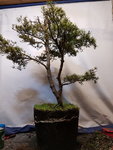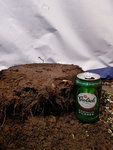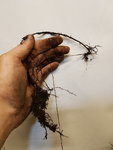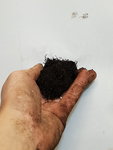defra
Masterpiece
Yesterday I was at a small nurserie close by l, after talking to the owner a bit about my bonsai hobby he took me to the back were he keeps his cripple trees and shrubs unfit for landscaping but interesting for bonsai so a good contact for future purchases!
I bought a big yew and since it was a nice fellow he gifted me three other plants he was unable to sell for a while now among this free stuff was this neglected tsuga mertensiana (mountain hemlock?)
I actually don't know anything about these specie's beside they are not native to the Netherlands so that's where this thread is for so I can improve my knowledge about them to provide the propper care and also will be able to think of the future in a realistic way I'll pop some questions that came to my mind cleaning the debris from the poor thing since I value the nice gesture of the owner I want to give this thing a shot so I can show it to him some time what I've done to it!
Questions:
1: roots, how do they handle root work?
2: backbudding, do they backbud on old wood?
3: wiring, how do they handle wiring?
4: soil, no not the components but dryer like pines or a little more moist?
5: airlayering, are they airlayer able?
6: placement, full sun, morning sun then shade or shade?
That's it for now here are some pics
I'm not sure if I'd ever bought this but it was a gift so I'll give it a go.
As it came with me weeds included:

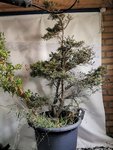
After cleaning the weeds and lots of dead twigs/foliage with beercan for scale.

Foliage, trunk, base
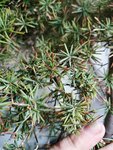
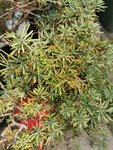
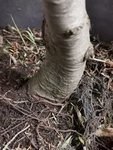
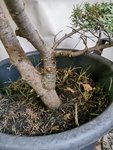
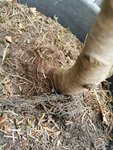
First thing will be getting it back to good health.
Additional info on the health of the tree:
found loads of ants in the pot,
it's in a burlap in the pot,
been watered every once in awhile but has not been fed for a while like I said it's neglected but those days are over!
Any help and info on this one is highly appreciated
I bought a big yew and since it was a nice fellow he gifted me three other plants he was unable to sell for a while now among this free stuff was this neglected tsuga mertensiana (mountain hemlock?)
I actually don't know anything about these specie's beside they are not native to the Netherlands so that's where this thread is for so I can improve my knowledge about them to provide the propper care and also will be able to think of the future in a realistic way I'll pop some questions that came to my mind cleaning the debris from the poor thing since I value the nice gesture of the owner I want to give this thing a shot so I can show it to him some time what I've done to it!
Questions:
1: roots, how do they handle root work?
2: backbudding, do they backbud on old wood?
3: wiring, how do they handle wiring?
4: soil, no not the components but dryer like pines or a little more moist?
5: airlayering, are they airlayer able?
6: placement, full sun, morning sun then shade or shade?
That's it for now here are some pics
I'm not sure if I'd ever bought this but it was a gift so I'll give it a go.
As it came with me weeds included:


After cleaning the weeds and lots of dead twigs/foliage with beercan for scale.

Foliage, trunk, base





First thing will be getting it back to good health.
Additional info on the health of the tree:
found loads of ants in the pot,
it's in a burlap in the pot,
been watered every once in awhile but has not been fed for a while like I said it's neglected but those days are over!
Any help and info on this one is highly appreciated

